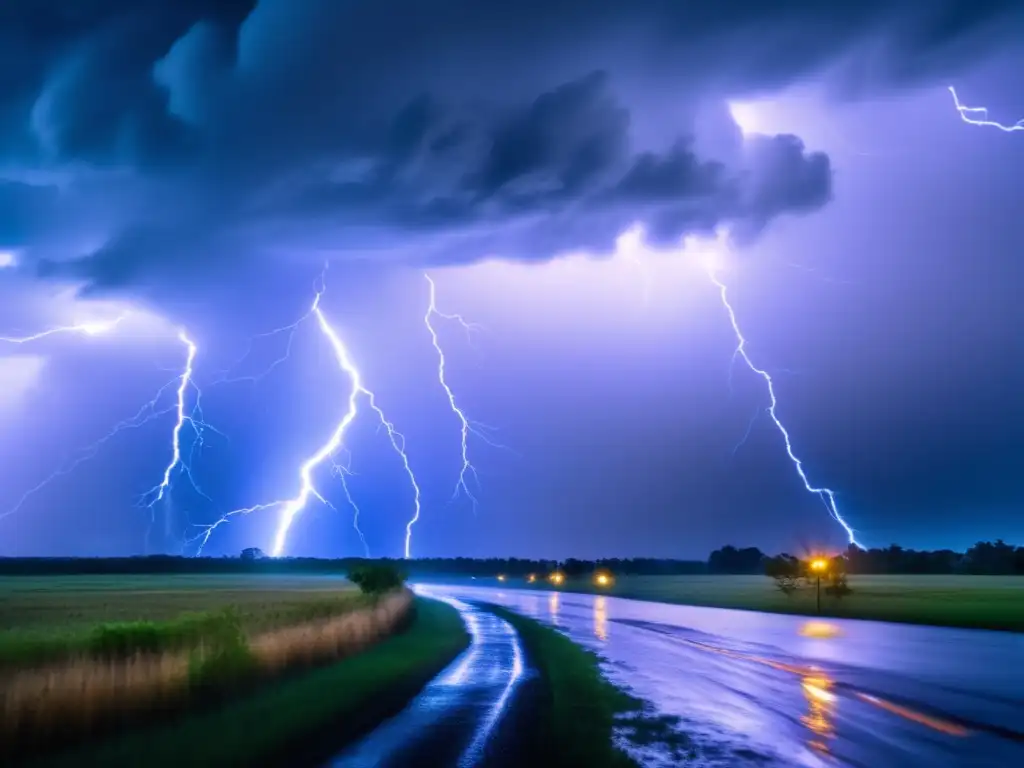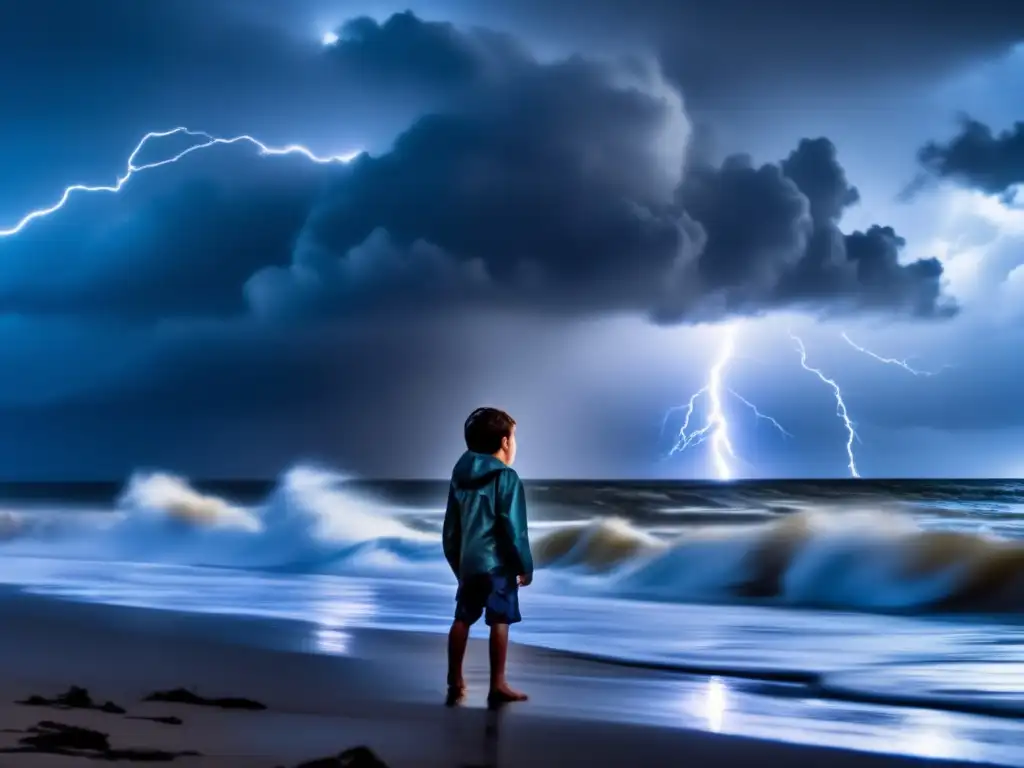"Divine Wind: The History And Science Of Hurricanes" By Kerry Emanuel

An In-Depth Literary Analysis of the Hurricane Book: "Divine Wind: The History and Science of Hurricanes" by Kerry Emanuel
- Introduction
- Book Details
- How "Divine Wind: The History and Science of Hurricanes" by Kerry Emanuel Portrays Hurricanes
- Key Aspects of "Divine Wind: The History and Science of Hurricanes" by Kerry Emanuel
- Comparing "Divine Wind: The History and Science of Hurricanes" by Kerry Emanuel to Other Hurricane Books
- Popular Opinion and Reception of "Divine Wind: The History and Science of Hurricanes" by Kerry Emanuel
- Frequently Asked Questions
- Conclusion
Introduction
Hurricanes have been a perennial natural disaster that remains a significant threat to humanity. Although they can be devastatingly destructive, hurricanes have become a popular subject of literature that helps disseminate knowledge about these weather phenomena and their impact on human life. One such book that seeks to educate its readers about hurricanes is "Divine Wind: The History and Science of Hurricanes" by Kerry Emanuel. This article aims to provide an in-depth analysis of the book, its portrayal of hurricanes, and the critical reception from the public.
Book Details

- Book Title: Divine Wind: The History and Science of Hurricanes
- Author: Kerry Emanuel
- Genre: Non-fiction
- Publication Year: 2005
- Publisher: Oxford University Press
- Additional Interesting Facts: Kerry Emanuel is a professor of atmospheric science at the Massachusetts Institute of Technology (MIT), where he teaches courses on atmospheric dynamics and climate change. He is also a member of the United States National Academy of Sciences, and has been an editor of several scientific journals.
How "Divine Wind: The History and Science of Hurricanes" by Kerry Emanuel Portrays Hurricanes

The Role of Hurricanes in the Narrative
In "Divine Wind: The History and Science of Hurricanes," Kerry Emanuel uses hurricanes as the primary focus of the narrative. The author provides a comprehensive history of hurricanes, starting with the earliest known accounts of this natural disaster to modern times. Emanuel writes about the different types of hurricanes, their formation, intensity, and how they are classified. The author also delves into the social, economic, and political impact of hurricanes on human society, highlighting their destructive power and the struggles people face in the aftermath.
Symbolism of Hurricanes
In "Divine Wind," Kerry Emanuel does not use hurricanes as symbols or metaphors. Instead, he presents hurricanes as natural phenomena that can be explained by science while emphasizing their destructive capabilities. Emanuel's research-based approach leaves no room for romanticizing or allegorizing hurricanes, but it encourages readers to understand and appreciate the scientific significance of hurricanes in the context of our planet's dynamic climate system.
Key Aspects of "Divine Wind: The History and Science of Hurricanes" by Kerry Emanuel

Storyline and Characters
Being a non-fiction book, "Divine Wind" has no characters or plotline in the conventional sense. However, the book is structured such that each chapter discusses specific aspects of hurricanes, including their history, development, classification, and environmental impact. The author uses real-life examples of hurricane disasters to illustrate his points, including Hurricane Katrina, which devastated the Gulf Coast of the United States in 2005.
Literary Techniques and Stylistic Devices
Kerry Emanuel deploys several literary techniques and stylistic devices in "Divine Wind," which help to engage the reader and communicate complex scientific concepts in an understandable manner. The author uses analogies and metaphors to explain abstract ideas, while his vivid descriptions of the hurricanes bring them to life. The book also incorporates several images, graphs, and charts that illustrate the scientific concepts in a visually appealing way.
Realism and Accuracy
One of the crucial strengths of "Divine Wind" is its realism and accuracy. As a leading authority on atmospheric dynamics, Kerry Emanuel's explanations of hurricanes are backed by scientific research and firsthand experience. He provides an accurate portrayal of hurricanes, educates readers on their impact, and discusses the latest scientific advances in understanding these natural disasters.
Comparing "Divine Wind: The History and Science of Hurricanes" by Kerry Emanuel to Other Hurricane Books

"Isaac's Storm: A Man, a Time, and the Deadliest Hurricane in History" by Erik Larson
Erik Larson's "Isaac's Storm" is another popular hurricane book that focuses on the 1900 Galveston hurricane, which killed over 6,000 people. Unlike "Divine Wind," "Isaac's Storm" is a historical narrative and leans more towards a literary genre. The author uses storytelling techniques to create a compelling and emotional account of the hurricane, its impact on society, and the human struggle for survival. In contrast, "Divine Wind" takes an analytical approach to hurricanes, focusing on the science and history of these weather phenomena.
"The Great Deluge: Hurricane Katrina, New Orleans, and the Mississippi Gulf Coast" by Douglas Brinkley
"The Great Deluge" by Douglas Brinkley is a journalistic account of Hurricane Katrina's devastation in New Orleans and the Mississippi Gulf Coast. The author conducts interviews with people who lived through the disaster, survivors, rescue workers, and government officials, providing a comprehensive narrative of the events as they unfolded. In comparison, "Divine Wind" provides an overview of different hurricanes, including Hurricane Katrina, their formation, classification, and impact on human society.
Popular Opinion and Reception of "Divine Wind: The History and Science of Hurricanes" by Kerry Emanuel

"Divine Wind: The History and Science of Hurricanes" by Kerry Emanuel has received widespread critical acclaim since its publication. The book has been praised for its scientific accuracy, readability, and engaging writing style. Emanuel's expertise and authority on the subject matter are evident in the detail and depth of the research presented in the book. "Divine Wind" has also won several awards, including the Louis J. Battan Author's Award and the Newcomen Society Award.
Frequently Asked Questions

-
Is "Divine Wind" suitable for a casual reader?
Yes, "Divine Wind" is written in a manner that makes it accessible to casual readers interested in learning more about hurricanes and their impact on human society.
-
Does Kerry Emanuel use scientific jargon in "Divine Wind"?
Kerry Emanuel does use some scientific terminology in "Divine Wind," but he explains these terms in simple language, making them easy to understand.
-
Is "Divine Wind" only relevant to people living in hurricane-prone areas?
No, "Divine Wind" provides an insightful and comprehensive overview of hurricanes, their history, and impact that is relevant to anyone interested in weather science.
-
Is "Divine Wind" only relevant to the United States?
No, "Divine Wind" discusses hurricanes from a global perspective and is relevant to anyone interested in understanding these natural disasters, regardless of their geographic location.
-
Can "Divine Wind" be used as an educational resource?
Yes, "Divine Wind" is a valuable resource for educators and students interested in weather science, atmospheric dynamics, and environmental studies.
Conclusion
"Divine Wind: The History and Science of Hurricanes" by Kerry Emanuel is an informative and engaging book that provides a comprehensive overview of hurricanes. The author's expertise on atmospheric dynamics and climate change is evident in his accurate and realistic portrayal of these natural disasters. While the book may not contain a traditional plot or characters, its scientific analysis and historical accounts provide a captivating reading experience. Overall, "Divine Wind" is a must-read for anyone interested in understanding hurricanes and their impact on human life.
 "Hurricane Of Independence: The Untold Story Of The Deadly Storm At The Deciding Moment Of The American Revolution" By Tony Williams
"Hurricane Of Independence: The Untold Story Of The Deadly Storm At The Deciding Moment Of The American Revolution" By Tony Williams "Hurricane Boy" By Laura Roach Dragon
"Hurricane Boy" By Laura Roach Dragon "Hurricanes!" By Gail Gibbons
"Hurricanes!" By Gail GibbonsIf you want to discover more articles similar to "Divine Wind: The History And Science Of Hurricanes" By Kerry Emanuel, you can visit the Books about Hurricanes category.
Leave a Reply

Articulos relacionados: